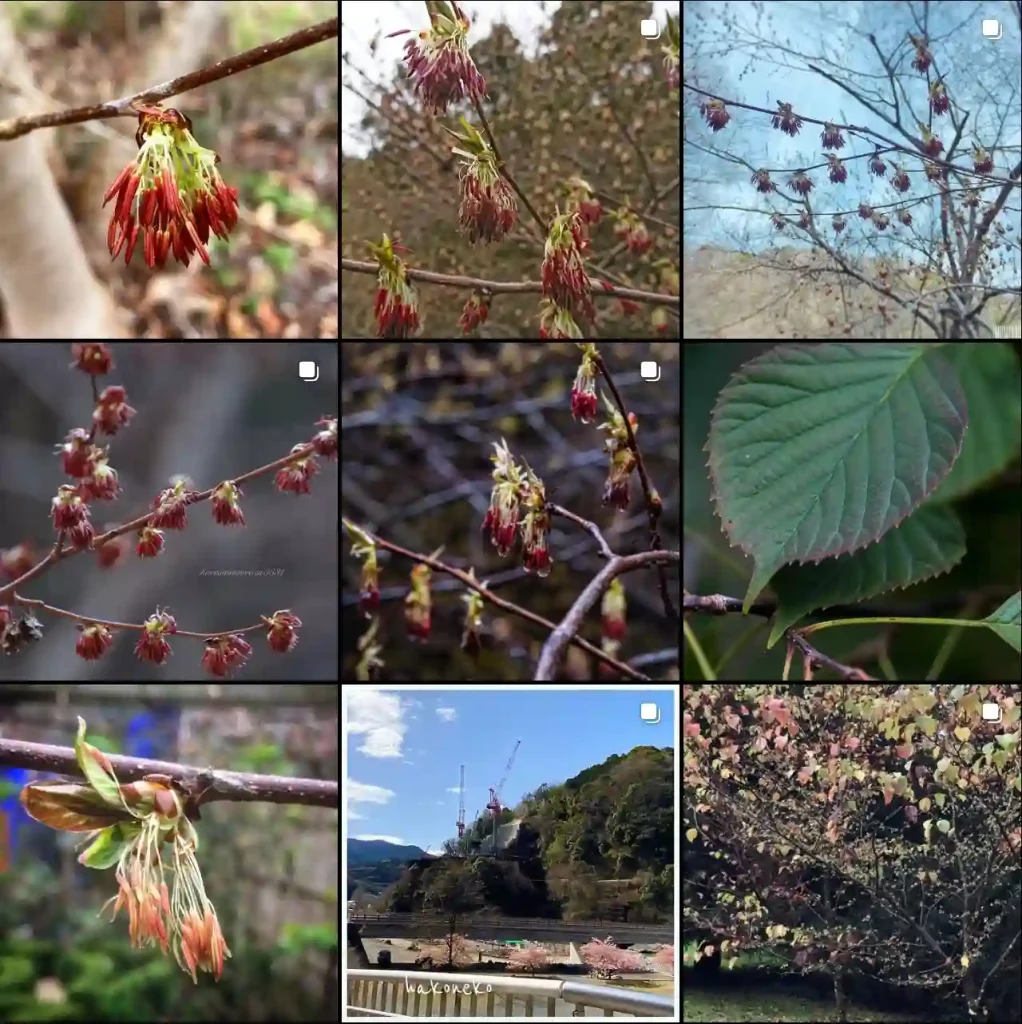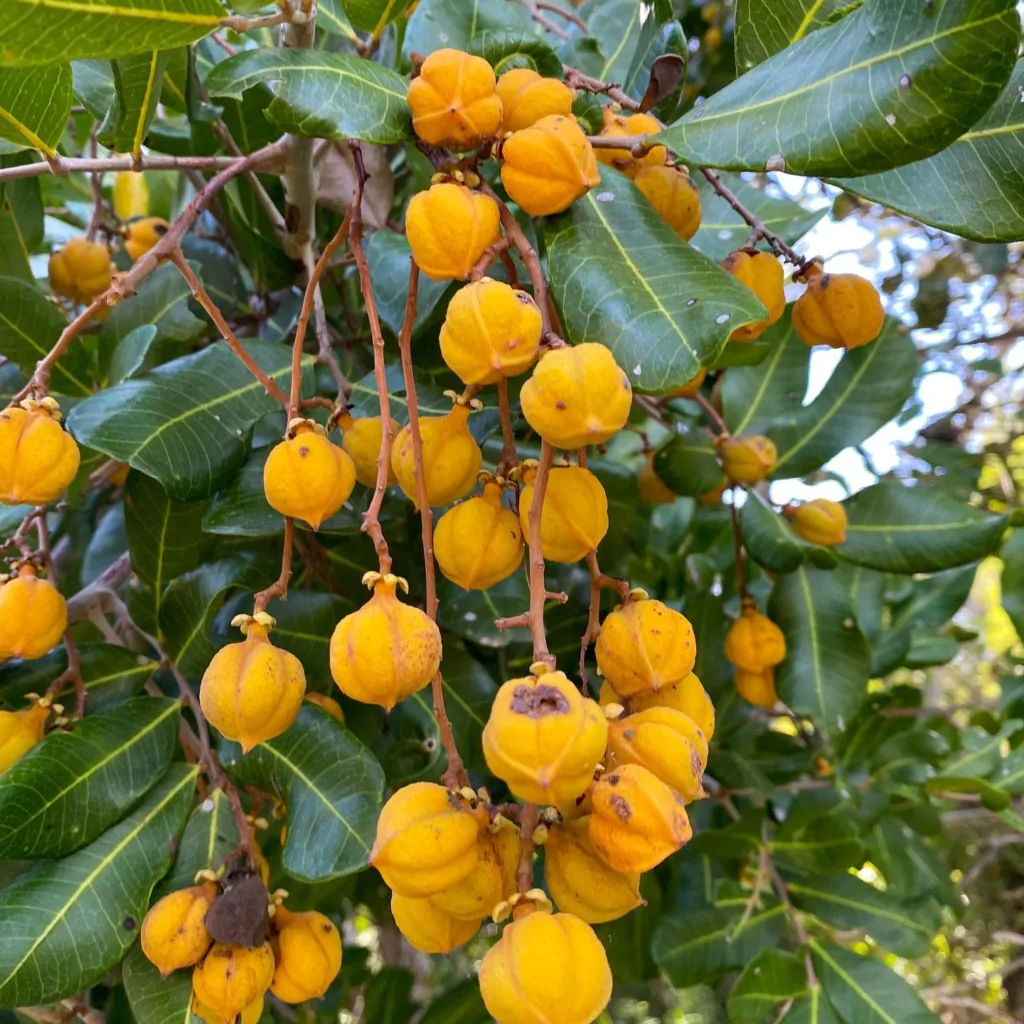Koelreuteria elegans: The Flamegold Rain Tree – FAQs by Ferb Vu
Hi everyone, Ferb Vu here! Today, we’re diving into the world of the Koelreuteria elegans, also known as the Flamegold Rain Tree. This stunning tree is a popular choice for landscapes, and for good reason. But before you rush out and plant one, let’s answer some common questions.
What is a Koelreuteria elegans?
The Koelreuteria elegans is a deciduous tree, meaning it loses its leaves each fall. It belong to the Sapindaceae family, can grow up to 50 feet tall, boasting a wide, spreading canopy. The real showstopper, though, are the flowers. In late spring or early summer, the tree explodes in a cascade of bright yellow blooms, earning its nickname, the Flamegold Rain Tree. These blooms give way to papery capsules that turn a rosy pink in fall, adding another layer of visual interest.
Plant Family: 143 Genera in Sapindaceae – Soapberry Family
How does it compare to the Golden Rain Tree (Golden Chain Tree)?
There’s some confusion between the Koelreuteria elegans and the Golden Rain Tree (Laburnum Anagyroides). Both have yellow flowers, but there are key differences. The Koelreuteria elegans blooms later in the season, has larger, more open clusters, and its seed pods are papery and inflated. The Golden Rain Tree blooms earlier, has drooping chains of flowers, and its seed pods are long and poisonous.
Is the Koelreuteria elegans easy to grow?
Absolutely! This tree is a champion of resilience. It thrives in full sun, tolerates partial shade, and is drought-resistant once established. It’s not picky about soil type either, handling anything from well-drained to slightly wet conditions. Plus, it’s relatively pest- and disease-resistant.
How do I care for a Koelreuteria elegans?
Once planted, your Flamegold Rain Tree requires minimal care. Water it regularly during the first year or two, especially during dry spells. After that, established trees can handle drought conditions. You can fertilize it in early spring with a balanced fertilizer, but it’s not essential. Pruning is optional but can be done in late winter to remove any dead or crossing branches, or to shape the canopy.
Is the Koelreuteria elegans invasive?
This depends on your location. The Koelreuteria elegans subsp. formosana, the more commonly grown subspecies, can be invasive in some areas. It readily reproduces by seed, which can spread and compete with native plants. Before planting, check with your local authorities to see if there are any restrictions in your area.
What are the benefits of planting a Koelreuteria elegans?
There are many! First, it’s a stunning ornamental tree that provides year-round beauty. The vibrant flowers are a delight in summer, followed by the rosy seed pods in fall. The leaves turn a golden yellow before dropping in autumn, adding another layer of seasonal interest. Beyond aesthetics, the Koelreuteria elegans is a valuable pollinator plant, attracting bees and butterflies. It also provides shade and helps reduce air pollution.
Are there any drawbacks to planting a Koelreuteria elegans?
While a beautiful tree, there are a few things to consider. The seed pods can be messy when they fall, littering the ground. The shallow root system can be disruptive in some situations, so avoid planting it too close to sidewalks or foundations. Additionally, as mentioned earlier, the Koelreuteria elegans subsp. formosana can be invasive in some areas.
I love the look of the Koelreuteria elegans. Where can I buy one?
Many reputable nurseries and online retailers sell Koelreuteria elegans trees. Look for a healthy specimen that’s been well-maintained. Choose a tree that’s appropriate for the size of your landscape and planting location.
Final Thoughts
The Koelreuteria elegans is a fantastic choice for gardeners seeking a low-maintenance, visually stunning tree. With its vibrant blooms, attractive foliage, and tolerance for a wide range of conditions, it’s sure to become a focal point in your landscape. Just be sure to check for any local restrictions before planting.
If i die, water my plants!



